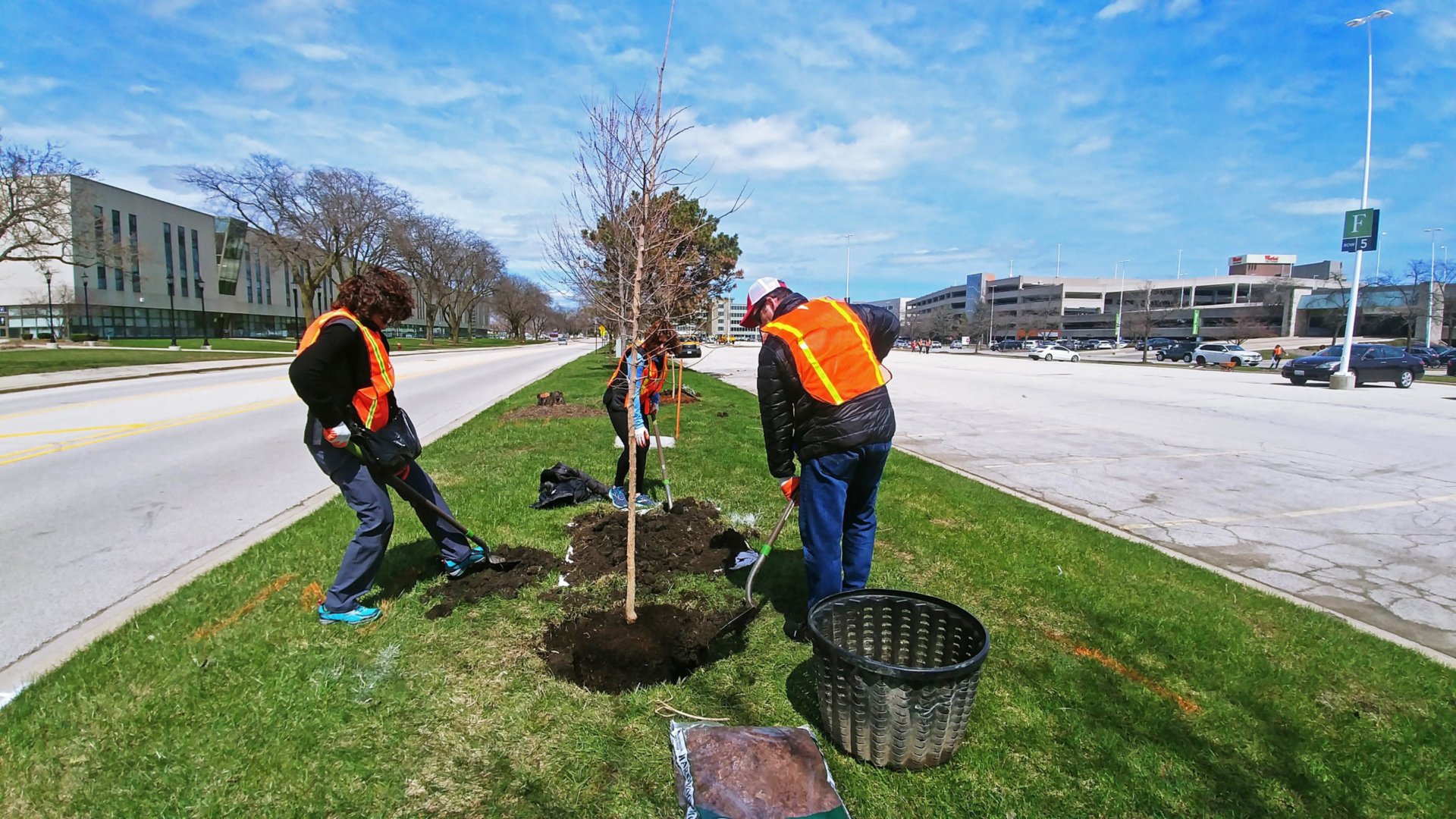At The Morton Arboretum, we plant specimens in our botanical collections in both spring and fall. With the usual generous spring rains in the Chicago area and the long growing season ahead, most people think of spring as the preferred planting season. Unfortunately, sometimes that generous rainfall makes the soil too wet for planting. Also, in many years, a short spring turns into an early hot, dry summer. Hot, dry conditions beginning too rapidly can injure newly planted specimens.
So fall planting (mid-August through mid-October) offers advantages that may outweigh spring planting. Transpiration is low and root generation potential is high. The temperatures are typically moderate to cool and are easier on the plants so there is less chance for the trees to be stressed by extreme heat. Fall rains help the trees and shrubs establish their root systems. When air temperatures are cooler than the soil, new root growth is encouraged without new top growth. The result is a stronger, better-developed root system for the next spring when the plant begins to grow. Mulching with wood chips helps retain the soil’s required moisture.
If you wait too long into the fall season (November to December) to plant, you run the risk of poor root growth and increased failure rate. Conifers, in fact, need a slightly earlier start than hardwoods, preferring the warmer soil temperatures of the summer to early fall.
